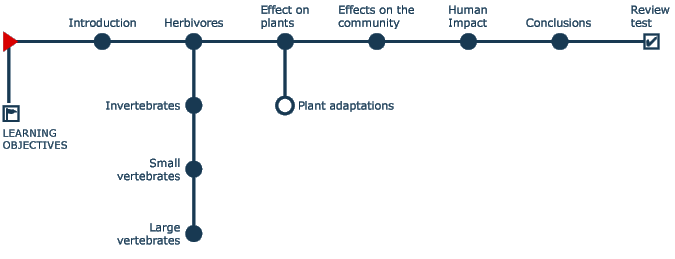Herbivory represents a particular type of disturbance which is very important in high
mountain ecosystems because growth and biomass production of alpine plants is often severely limited.
The activities of herbivores can have a major influence on the species composition and functioning of
these ecosystems.
The attractiveness of alpine plants to herbivores varies widely, and some are well defended against
herbivores. This variation is reflected in the high selectivity of many alpine herbivores in choosing
plant food. We cover the influence of native herbivores (from small invertebrates such as grasshoppers
to large vertebrates such as deer and ibex) upon vegetation structure and species composition, plant
population dynamics and ecosystem processes in alpine ecosystems. Topics covered include nutrient cycling,
alterations of competitive relationships between co-occurring plants and long-term influences of
herbivores on vegetation dynamics. We also consider the problems associated with managing populations
of native herbivores, and the implications for biodiversity and conservation. |

